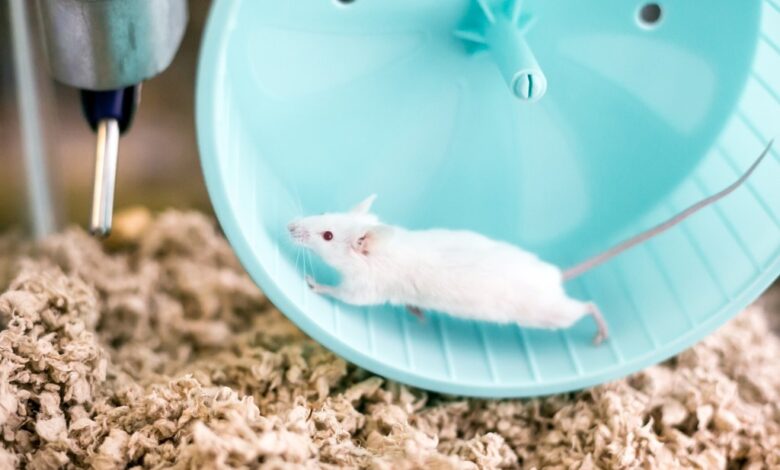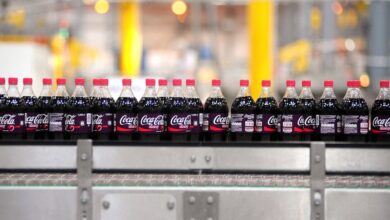How just one high-intensity workout can lead to weight gain

Here’s your excuse not to work out today.
A single session of high-intensity exercise can disturb the body’s main stress hormone, leading to less activity after the workout, a lower body temperature, and weight gain, a new study of mice finds.
Researchers at the University of Tsukuba in Japan divided the rodents into three groups: vigorous exercise, moderate exercise, and rest. The exercise groups underwent a 30-minute treadmill session.
Only the high-intensity exercise group exhibited a decline in core body temperature and subsequent physical activity, resulting in weight gain the following day — despite no observed changes in food consumption.
The mice that exercised the hardest were about 30% less active in the 24 hours after their workouts compared to the days when they didn’t exercise, with researchers hypothesizing that they compensated for burning so much energy on the treadmill.
“The real-world experiences of many individuals feeling too exhausted to move after strenuous exercise lend credence to our study’s findings being replicable in humans,” study author Takashi Matsui told New Scientist in April.
The findings were published last week in the journal Medicine & Science in Sports & Exercise.
The researchers also pointed the finger at starting the day with insufficient corticosterone levels.
Cortisol is the primary stress hormone in humans, while it’s corticosterone in many animals, such as lab rats. Cortisol levels peak in the early morning and decline throughout the day, bottoming out at bedtime.
The researchers noted that low corticosterone levels before waking were associated with less physical activity.

The study authors plan to investigate whether several strenuous exercise sessions lead to further weight gain in mice.
In the meantime, they hope that fitness trainers designing exercise routines consider the intensity of the workout along with the calories burned.
“Overexerting oneself at high intensities to the extent of reducing subsequent non-exercise physical activity is counterproductive,” Matsui told New Scientist. “Thus, the advice for those seeking weight loss is to recognize the importance of non-exercise physical activity and to moderate exercise intensity to maintain overall daily activity.”
But one metabolism researcher has expressed skepticism of that guidance.
“I am not sure that we can extend these results to prescribe moderate activity rather than vigorous activity,” Herman Pontzer, a Duke University professor of evolutionary anthropology and global health, told New Scientist. “It’s not obvious that that particular result would extend to humans.”




